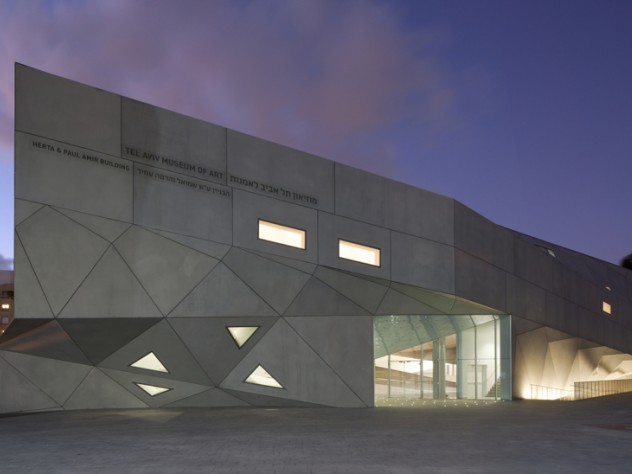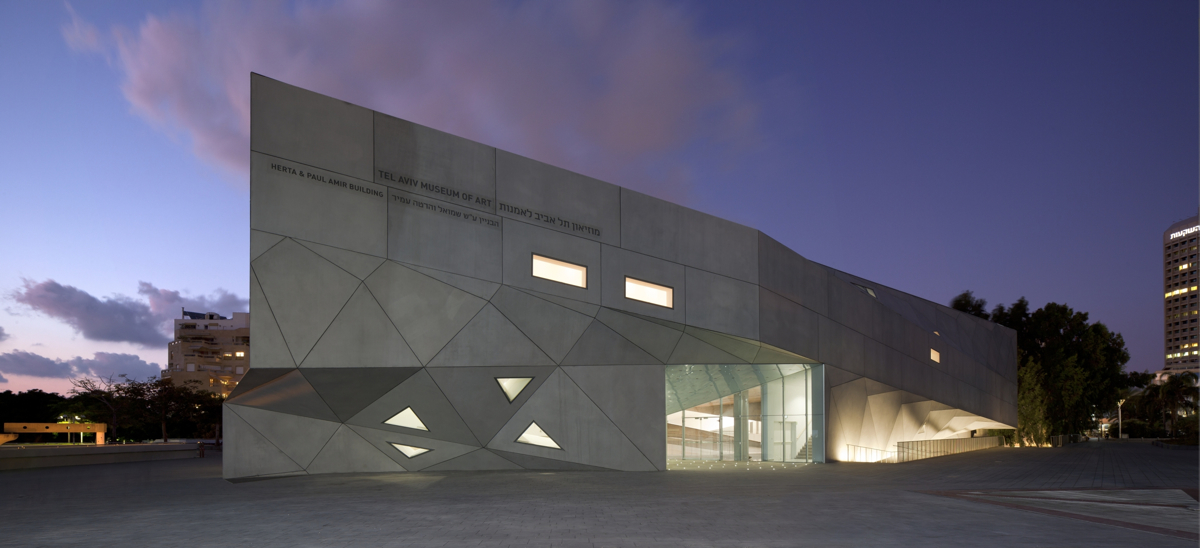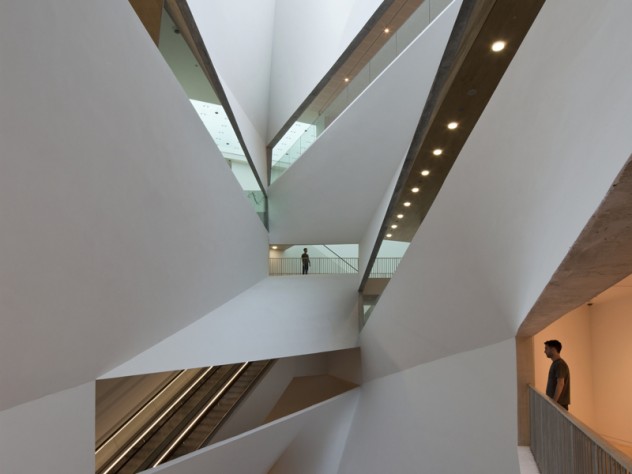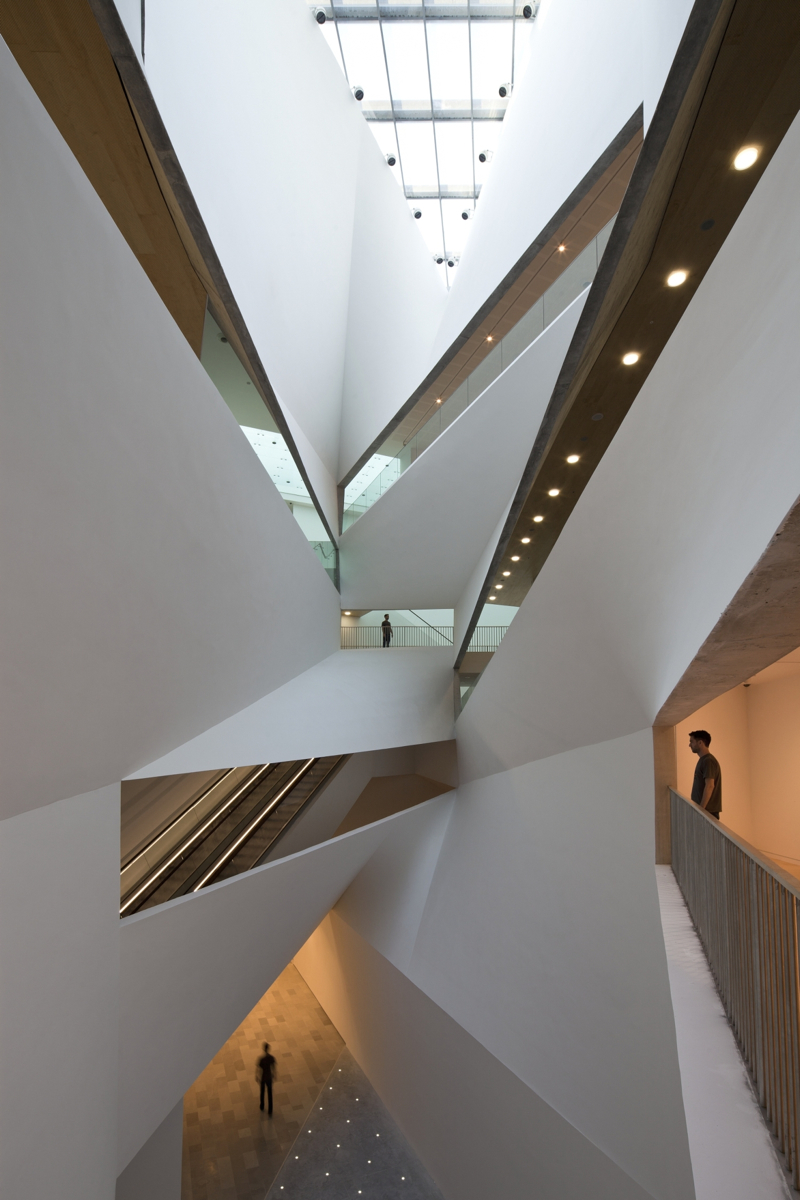GSD's Preston Scott Cohen designed a new wing on the Tel Aviv art museum.


Exterior of the Herta and Paul Amir Building at the Tel Aviv Museum of Art
Photograph © Amit Geron/Courtesy Tel Aviv Museum of Art


The new building’s 87-foot-high, spiraling “Lightfall” atrium
Photograph © Amit Geron/Courtesy Tel Aviv Museum of Art
[extra:Extra]
The photo gallery above contains additional images complementing those that appear in the print edition. Use your mouse or the arrow keys to browse.
Extra Type
extra is inline ArtsWeb App: House and/or Class Year (used in My Magazine)
All Topics (include primary again)
Spaces for Art, People, and LightThis winter, the entire Gund Hall lobby of the Graduate School of Design (GSD) was given over to various depictions, commentaries, and celebrations of the Herta and Paul Amir Building at the Tel Aviv Museum of Art, which opened in November. Its designer is McCue professor of architecture Preston Scott Cohen, who is chairman of the GSD’s architecture department. The dramatic 195,000-square-foot building greatly enlarges the museum housing Israel’s largest collection of modern and contemporary art. Cohen’s plan won the design competition in 2003; design development went on from 2005 to 2007 and construction proceeded over the four years ending in 2011. An 87-foot-tall spiraling atrium that Cohen styles as “Lightfall” is the structure’s central element.
In a booklet on the building, Cohen writes that it “embodies the tension between two prevailing models: the museum of neutral white boxes that allow for maximum curatorial freedom and the museum of architectural specificity that intensifies the experience of public spectacle. An antidote to the Bilbao phenomenon [a reference to the Guggenheim Museum Bilbao in Spain, one of the most widely admired works of contemporary architecture, designed by Frank Gehry, Ds ’57, Ar.D. ’00], the Amir Building signals a new synthesis: deeply interiorized and socially choreographed space, as opposed to the tendency in the 1990s to display the museum as a sculptural object in the city.”



































